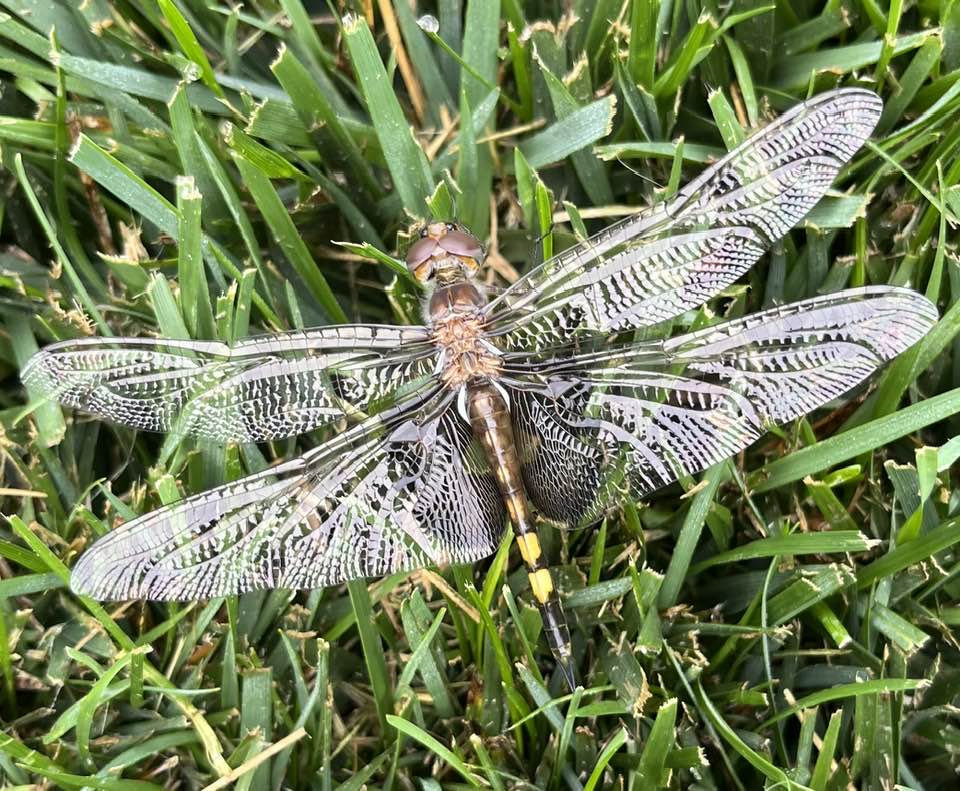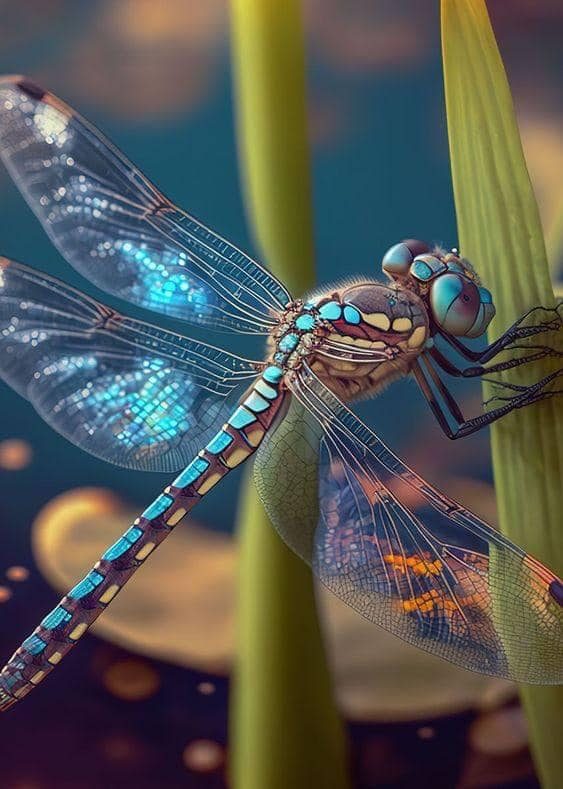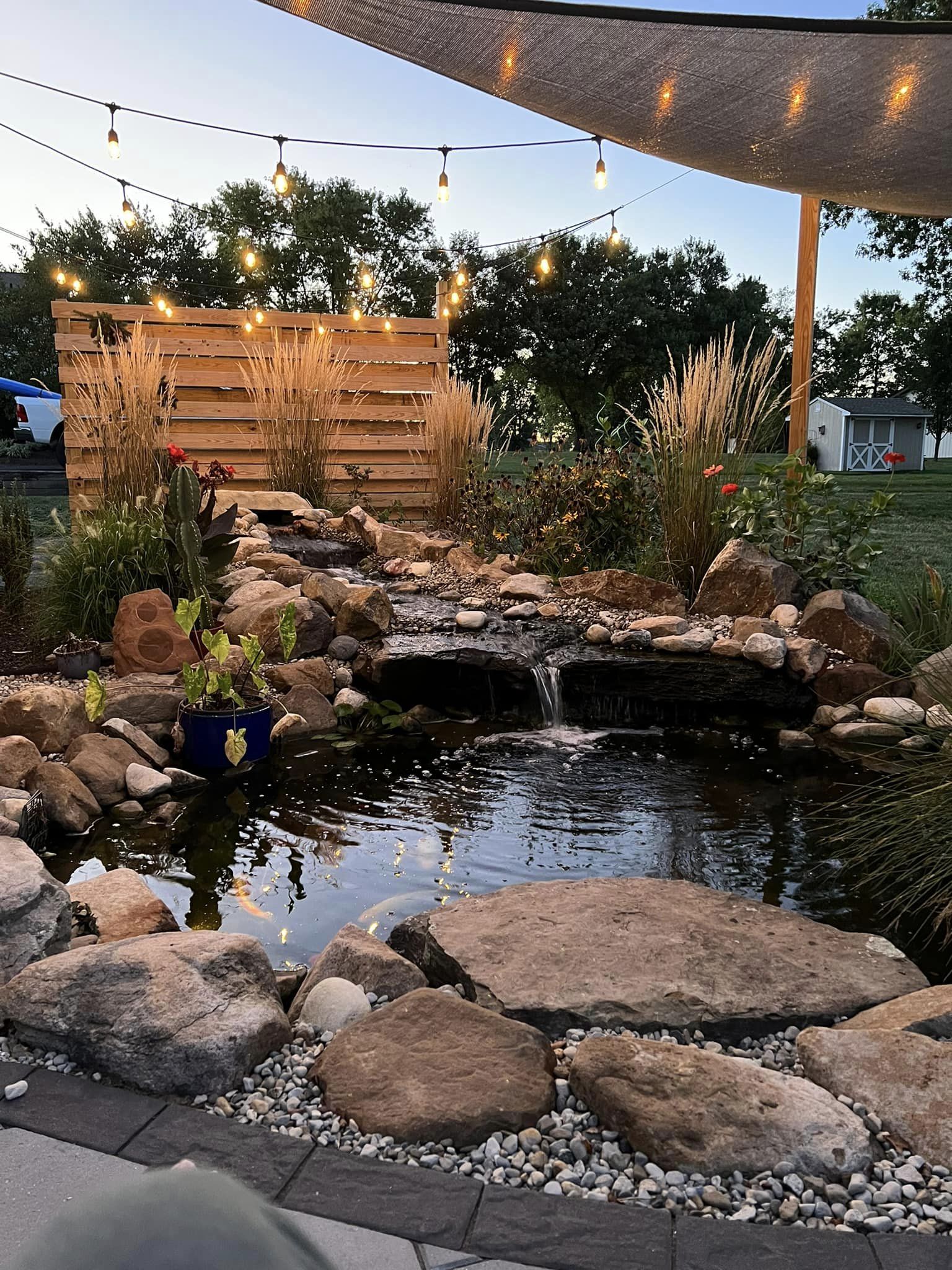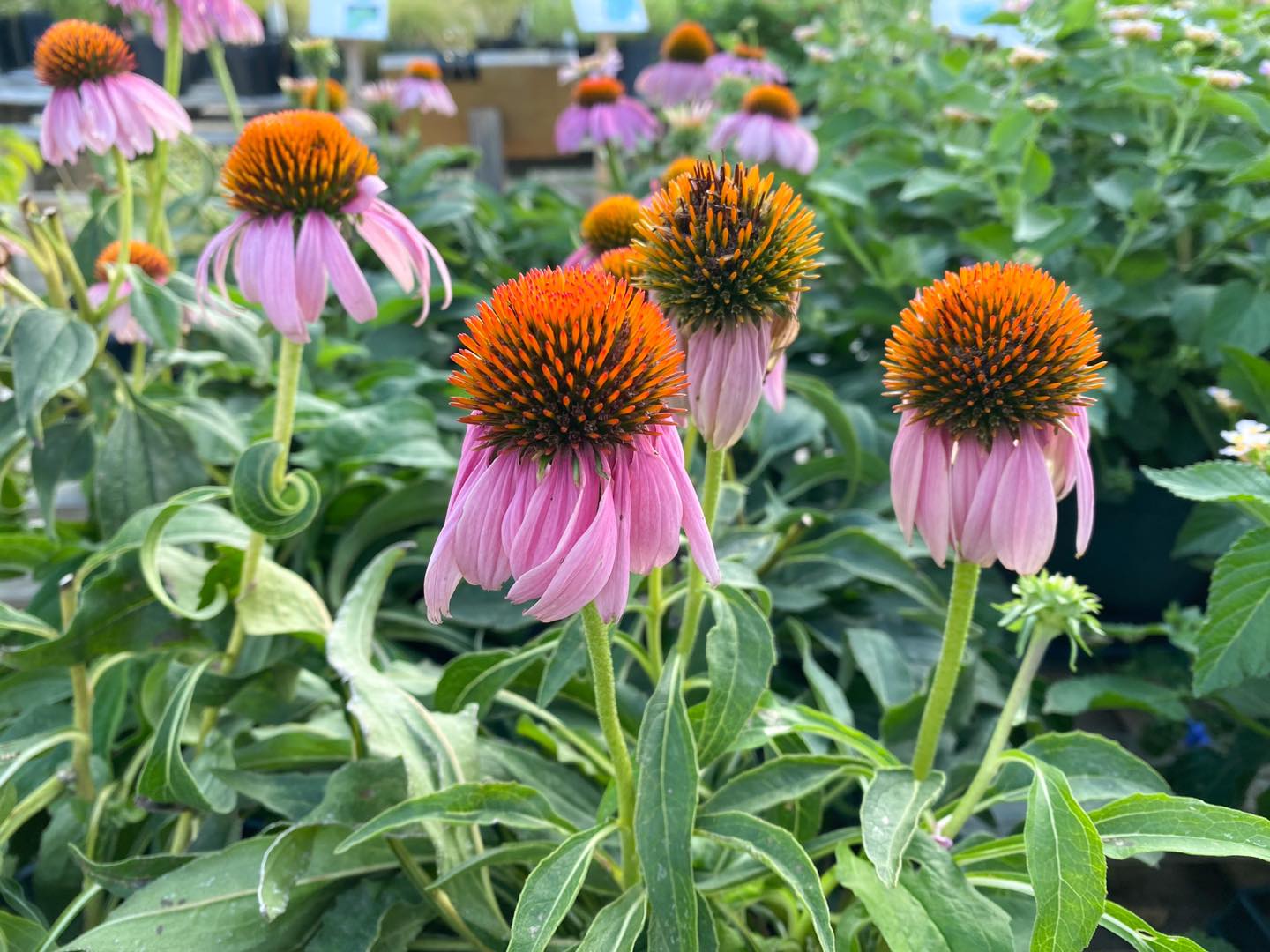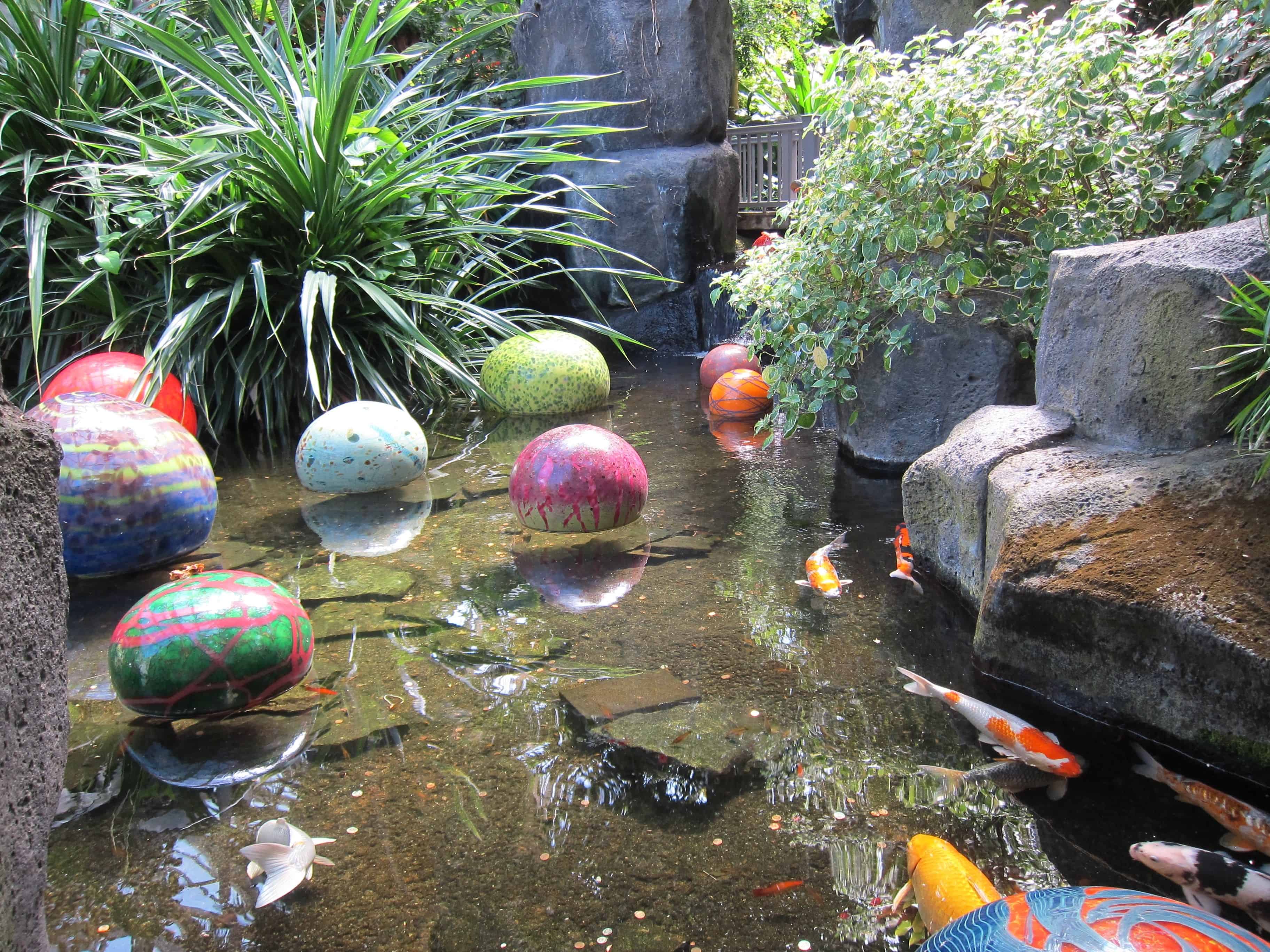Are you tired of mosquitoes ruining your day outdoors with their insistent buzzing and painful bites? I understand the struggle to keep these pesky insects at bay. I’ve got good news for you, though: dragonflies are voracious predators, particularly of mosquitoes.
Therefore, you can keep the mosquito population in your yard low by attracting dragonflies. A mature dragonfly can consume several hundreds of mosquitoes every day, making them exceptionally beneficial in your fight with these disease-transmitting insects.
But how do you to attract dragonflies to your yard for mosquitoes control? Discover below.
What Makes Dragonflies Valuable In Mosquito Control?
Before we delve into the different ways of attracting dragonflies to your yard, you may want to know why these insects are incredibly valuable in mosquito control. These are:
a) Predatory Nature
Adult dragonflies are skilled predators that hunt and feed on small insects, including mosquitoes, flies, and gnats. They have strong, agile flight capabilities that allow them to catch prey mid-air.
b) Large Appetite
Dragonflies have hearty appetites and can consume a significant number of mosquitoes in a single day. Therefore, imagine what a few dragonflies can do to the mosquito population in your yard.
c) Larval Stage
Dragonfly larvae live in water bodies, giving them access to mosquito larvae and other aquatic insects. They consume mosquito larvae, helping reduce the number of adult mosquitoes that emerge and potentially breed.
d) Natural Control Method
Dragonflies offer a natural and eco-friendly mosquito control method. By opting for this approach, you will avoid using chemical pesticides, which can have adverse effects on other organisms and the environment. Dragonflies pose no harm to ecosystems.
Read More:
How To Make Your Yard Attractive To Dragonflies
Knowing the value of dragonflies, below are the multiple ways to encourage them to come to your yard.
1. Add a Water Feature
A water feature like a pond, a water garden, or even a shallow dish of water will make dragonflies feel right in your yard. These insects are aquatic, often requiring water to lay eggs and develop. In fact, nymphs or dragonfly larvae live in water during the first two years of their lives.
Make sure your water is around 2 feet deep, as it is too deep for mosquito larvae to survive, but it is deep enough for dragonflies. A reliable water source will help you keep the appropriate water level.
Include rocks, logs, or floating plants into your water feature to provide resting places for adult dragonflies and perches for hunting. As for the edges and the bottom of the water feature, use natural materials like rocks, gravel, sand, and clay.
Moreover, plant native aquatic plants around the edges of your water feature to provide habitat and food for dragonflies and other wildlife. Ideal choices include water lilies, rushes, sedges, and cattails. Submerged vegetation protects dragonfly eggs and nymphs, while emergent vegetation gives nymphs transitioning to adulthood a path out of the water.
Refrain from using treated or chemical materials that could harm dragonfly larvae or other aquatic life. Also, keep the water clean and untreated, remove debris, and control algae growth.
Related Post: How To Get Rid of Mosquitoes In Yard
2. Choose Plants That Attract Dragonflies
The right plants will encourage dragonflies to your yard effortlessly, so pick wisely. Plants with fragrant flowers, bright colors, and stems and leaves that can serve as perches attract these insects.
Plant options that can help attract and support dragonflies include:
a) Native Grasses
Tall grasses provide perches for dragonflies to rest and hunt. Consider planting native grasses such as switchgrass, big bluestem, and little bluestem.
b) Native Wildflowers
For some color and beauty in your yard, plant native wildflowers. You will also attract insects that dragonflies feed on in the process. Pick flowering plants that bloom at different times to increase the odds of attracting these insects.
Worthy examples include milkweed, goldenrod, coneflower, and black-eyed Susan.
c) Trees and Shrubs
Choose native trees and shrubs with open branching structures to provide shade, shelter, and perching sites for dragonflies. Examples include willows, red cedar, and elderberry.
d) Fruit-bearing Plants
You can also attract dragonflies with fruits, so plant fruit-bearing shrubs or trees in your garden. Consider species like elderberry, blackberry, raspberry, or blueberry.
e) Herbs
Herbs like lavender, mint, basil, and rosemary smell tremendous and attract beneficial insects, including dragonflies.
3. Refrain From Using Chemical Pesticides
Chemical pesticides are formulated to get rid of pests, including fungi, insects, unwanted plants, and rodents. However, since your goal today is to attract dragonflies to help you control mosquitoes, using chemical pesticides isn’t a good idea.
Instead of creating a conducive environment for dragonflies to thrive, chemical pesticides like fungicides, herbicides, and insecticides will harm them. These chemicals disrupt dragonflies’ reproductive cycles, weaken their immune systems, and even kill them directly.
Besides harming dragonflies, pesticides also reduce their food sources by killing off insects like mosquitoes, midges, and other small flying insects that dragonflies prey on. This practice may disrupt your yard’s ecosystem and deprive dragonflies of food.
So, what’s the alternative? Consider organic and natural strategies such as insecticidal soaps or oils and beneficial insects such as ladybugs or praying mantises.
4. Let Sunlight In and Create Open Spaces
You often find dragonflies in sunny, open spaces basking in the sun’s warmth. These insects love these places because they are ectothermic organisms and, hence, adjust their body temperature with the help of external heat sources.
Therefore, if you want dragonflies in your yard, include sunny patches and open spaces where dragonflies can sunbathe and hunt for prey when designing your garden. Install your water feature in a spot that gets sufficient sunlight all day long.
In addition, remove any obstructions such as overhanging branches, tall vegetation, or structures that block sunlight from reaching certain areas of your yard. This will allow sunlight to penetrate and create warm, sunny spots that dragonflies will find attractive.
Additionally, when designing your yard, add open spaces or meadows where sunlight can reach the ground unobstructed. Do not plant dense or tall vegetation in these areas to maximize sunlight exposure. Also, strategically grow your yard’s sunny areas with sun-loving plants.
Furthermore, regularly prune and trim vegetation to prevent overgrowth and maintain open, sunlit spaces in your yard.
6. Keep Fish Out
Keeping fish in your water features is a fun hobby that can even be beneficial. However, these aquatic creatures do not belong in your water features if you hope to attract dragonflies.
Fish, especially species like goldfish or koi, feed on dragonfly larvae. The outcome of this is a significant reduction of the dragonfly population in your yard since many dragonflies spend the early stages of their lives as aquatic larvae.
Also, fish compete with dragonfly larvae for food and habitat resources in the water. Therefore, you will give dragonfly larvae a better chance to thrive and complete their life cycle by removing fish from your water feature.
Moreover, a fish-free water feature is a more suitable habitat for dragonflies to lay their eggs and for their larvae to develop.
7. Keep Your Yard Natural
Your yard needs to stay as natural as possible to make it a welcoming environment for dragonflies and other beneficial insects. Below are methods to establish and sustain a natural yard.
- As mentioned earlier, avoid using synthetic fertilizers, pesticides, and herbicides.
- Plant native plants as they are ideally better suited to the region’s growing conditions. They are easy to care for and need less water in comparison to non-native species. Native plants are also better suited to sustain local wildlife.
- Allow dead trees and branches to remain in your yard, as dragonflies may use dead wood for perching, hunting, and laying eggs near water sources.
- Reduce your lawn size and consider replacing it with native plants, wildflower meadows, or other natural landscapes. Lawns don’t offer wildlife much habitat. Also, they demand frequent mowing, chemical inputs, and watering.
- Allow natural processes like decomposition, nutrient cycling, and succession to occur in your yard. Also, avoid pruning, grooming, and tidying up excessively since these activities disrupt natural ecosystems and remove valuable habitat features.
- Let your yard grow wild to provide habitat and food for dragonflies.
- Minimize using artificial lighting because it can disrupt dragonflies’ natural behavior.
Summary
The bottom line is that your efforts to control mosquitoes could use a valuable ally, like a dragonfly. So, provide them with suitable habitats, select dragonfly-friendly plants, and avoid chemical pesticides to make your yard inviting. One more thing, be patient and keep your yard a suitable habitat for dragonflies because it may take some time for these insects to discover your yard and establish it as their territory.

Hey there, I’m Derek Schew, a writer for Lawnholic.com, where we cover everything and anything related to lawns. As someone who’s spent countless hours tending to my own lawn, I’m passionate about sharing my knowledge and helping others achieve the perfect yard. From lawn care tips to product reviews, I’m committed to providing our readers with the most accurate and up-to-date information available. So whether you’re a seasoned lawn enthusiast or just getting started, I invite you to join our community and discover the joys of a lush, green lawn.

